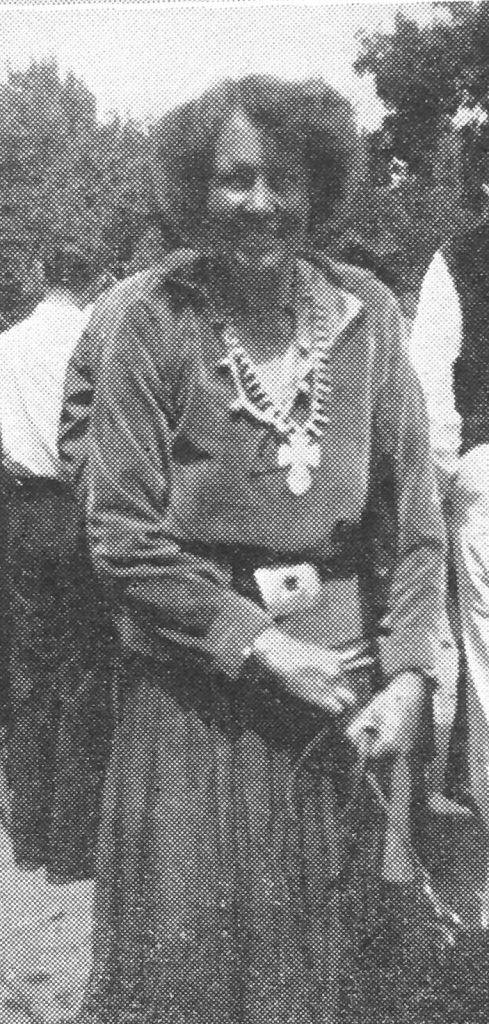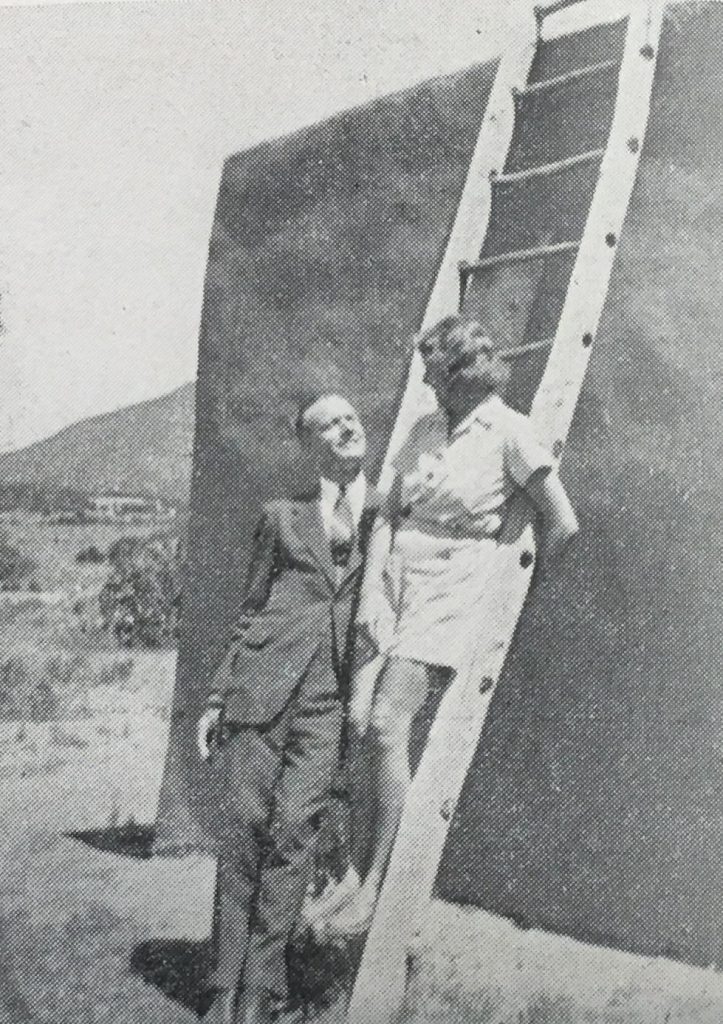Sometimes, what life has planned isn’t what we had in mind. That’s definitely true lately. Dorothy Scarritt McKibbin knew the feeling long before most of us were born. Several times, she faced huge losses – and kept going. Her ability to pursue new courses of action led her to an unprecedented role in American history.
 Dorothy was the daughter of Frances Virginia Davis Scarritt and William Chick Scarritt. Her father was a lawyer and the president of Scarritt Estate Company. Dorothy grew up at 3240 Norledge Avenue, in a house designed by John Wellborn Root of Chicago. (The house, which is located across the street from the Kansas City Museum, was severely damaged in a fire in 2015, but has been restored.) She was a 1915 graduate of The Barstow School, and she received a diploma from Smith College in 1919.
Dorothy was the daughter of Frances Virginia Davis Scarritt and William Chick Scarritt. Her father was a lawyer and the president of Scarritt Estate Company. Dorothy grew up at 3240 Norledge Avenue, in a house designed by John Wellborn Root of Chicago. (The house, which is located across the street from the Kansas City Museum, was severely damaged in a fire in 2015, but has been restored.) She was a 1915 graduate of The Barstow School, and she received a diploma from Smith College in 1919.
Dorothy was visiting Minnesota in 1923 when she met Joseph Chambers McKibbin. He was a Princeton alumnus, tall and athletic. The two became engaged before Dorothy was diagnosed with tuberculosis. She broke the engagement. In those days, it was common for tuberculosis patients (and others) to go out West or to the desert in the hopes of regaining their health. Dorothy went to Sunmount Sanitarium, a “modern health resort” in New Mexico. This proved to be an excellent choice. She was one of the fortunate ones. When Dorothy had recovered sufficiently to consider resuming a normal life, Joseph still wanted to marry her.
The two were wed on October 5, 1927, in Kansas City. They settled in St. Paul, Minnesota, where his family business was located. Their son, Kevin, was born in December 1930. Joseph died of Hodgkin’s disease before their son’s first birthday. After his death, Dorothy and Kevin moved to Santa Fe. With financial assistance from her father, Dorothy built an adobe house, where she lived with Kevin. Dorothy worked as a bookkeeper for the Spanish and Indian Trading Company for a decade, until the firm went out of business.
In March 1943, Dorothy went to La Fonda to see a man about a job. (La Fonda, a hotel and gathering place on the Plaza in Santa Fe, was then operated by Fred Harvey, a company with longstanding ties to Kansas City.) A friend had set up the meeting. She would be a secretary, but the details were sparse. Dorothy suspected it was related to wartime work. She was introduced to two men at La Fonda. One of them intrigued her, as he did many people. He was a tall man, thin to the point of emaciation, and the possessor of intensely blue eyes. The name he used, “Mr. Bradley,” was a pseudonym. Only after she agreed to take the job did she learn that she would be working for J. Robert Oppenheimer, a physicist serving as the director of the Los Alamos Scientific Laboratory, where the Manhattan Project would take shape. History would remember him as “the father of the atomic bomb.” For Dorothy, it was a job interview, but it’s likely that Oppie, as he was known, already had made the decision to hire her.
Like Dorothy, Oppie’s original reason for visiting New Mexico had been health-related. He was from New York. On a trail ride when he was in his teens, he first saw the Los Alamos Ranch School. It was no coincidence that the Manhattan Project was later headquartered there.

Frank Houston with Dorothy Scarritt McKibbin
(Reprinted from August 28, 1937)
Dorothy’s first day at 109 East Palace was March 27, 1943. As Jennet Conant has described it: “Dorothy’s job, as it evolved, was to be Oppenheimer’s assistant in Santa Fe and operate the small benign-looking ‘housing office,’ which was actually a front for a classified laboratory under construction on a sparsely populated mountaintop thirty-five miles outside of town. She was to meet the arriving scientists recruited to work on the project and brief them on the details of their mysterious final destination… Most importantly, using one of two pass machines that would be kept under lock and key in her office, she was to supply them with security passes.” Secrecy was imperative. Officially, Dorothy would be on the payroll of the University of California, which served as the administrator of the Laboratory.
Dorothy became a sort of den mother to the scientists and their families. Finding housing for everyone who needed it was a top priority throughout the war years – and this was augmented by a baby boom on “the Hill,” (another name for Los Alamos). She was in charge of finding supplies to meet numerous other needs as well. “We averaged about 67 people in there [the office] per day, 110 telephone calls per day,” Dorothy later recalled in a taped interview. Her workday duties might include scheduling dentist appointments, fixing traffic tickets, arranging for the delivery of picnic lunches, and a host of other activities necessary to keep the work at Los Alamos running smoothly. Jennet Conant noted that “Dorothy held a Q badge,” which meant that her home could be used as a “safe house.” That led to scientists and their spouses or sweethearts staying at her home during weekend trips to Santa Fe. Her house itself was used as a wedding chapel by the denizens of Los Alamos. At Oppie’s request, she took charge of refurbishing the former Frijoles Canyon Lodge at Bandelier National Monument, which, for a short time, became a refuge for those working on the Manhattan Project and their families.
Dorothy was a problem solver and a keeper of secrets. It wasn’t until after the bombing of Hiroshima in August 1945, that she finally told Kevin how her work was linked to the making of the atomic bomb. The end of the war wasn’t the end of her job. The office at 109 East Palace closed only when Dorothy, the “gatekeeper to Los Alamos,” retired in 1963.
For further reading and viewing:
Conant, Jennet. 109 East Palace. New York: Simon & Schuster, 2005.
Atlas Obscura
Atomic Heritage Foundation
Also featured in the May 30, 2020 issue of The Independent